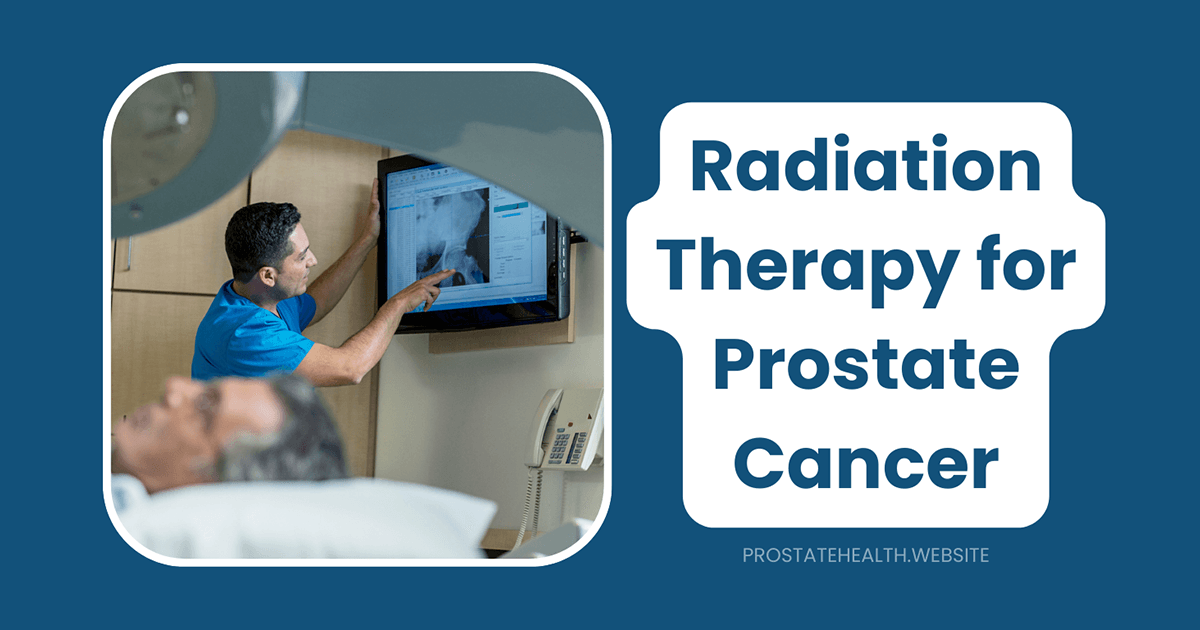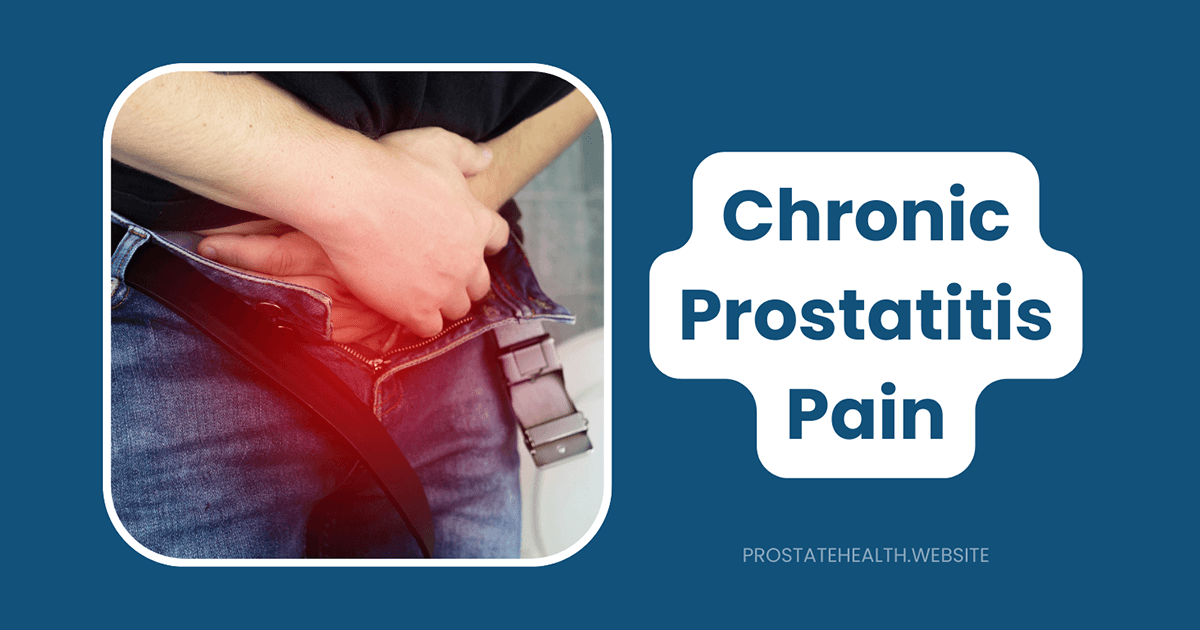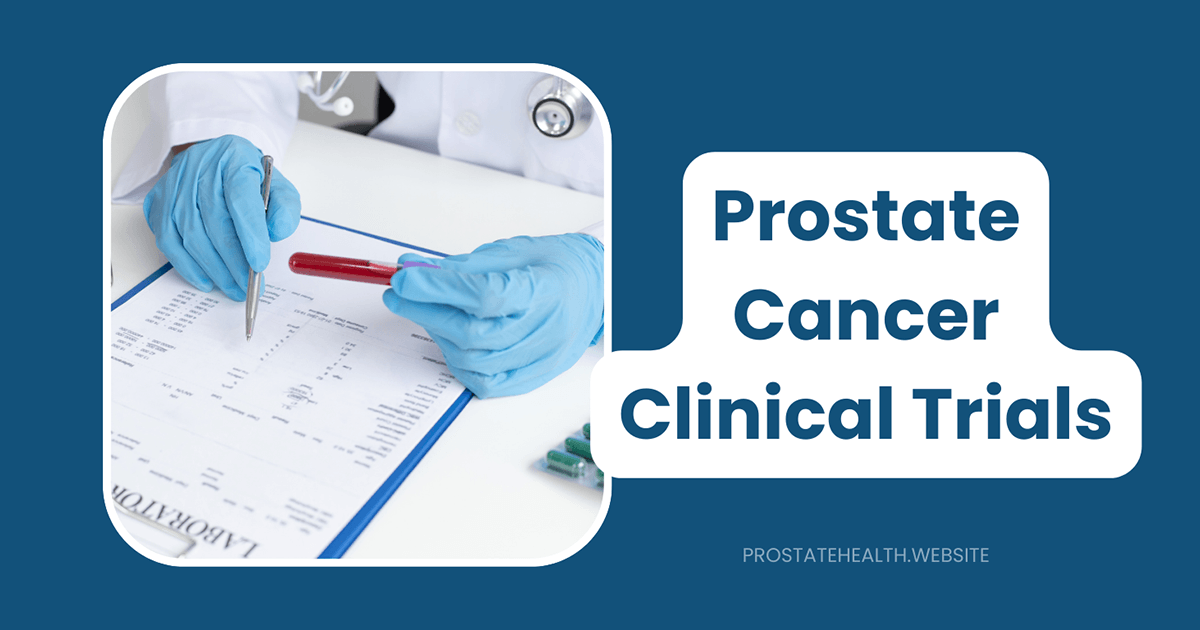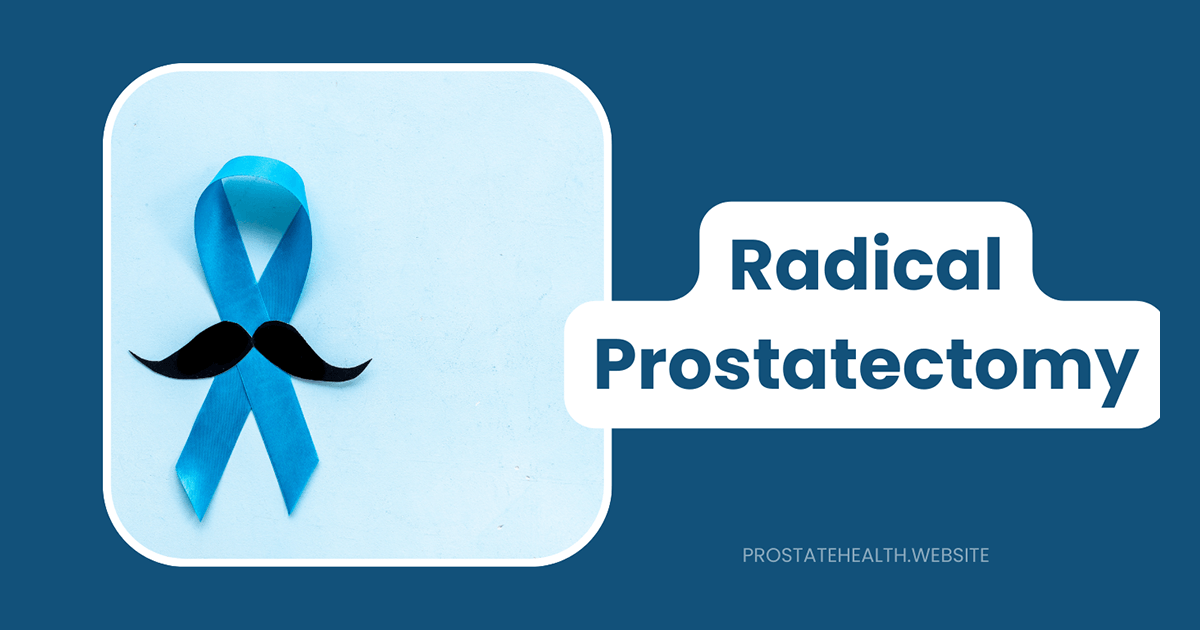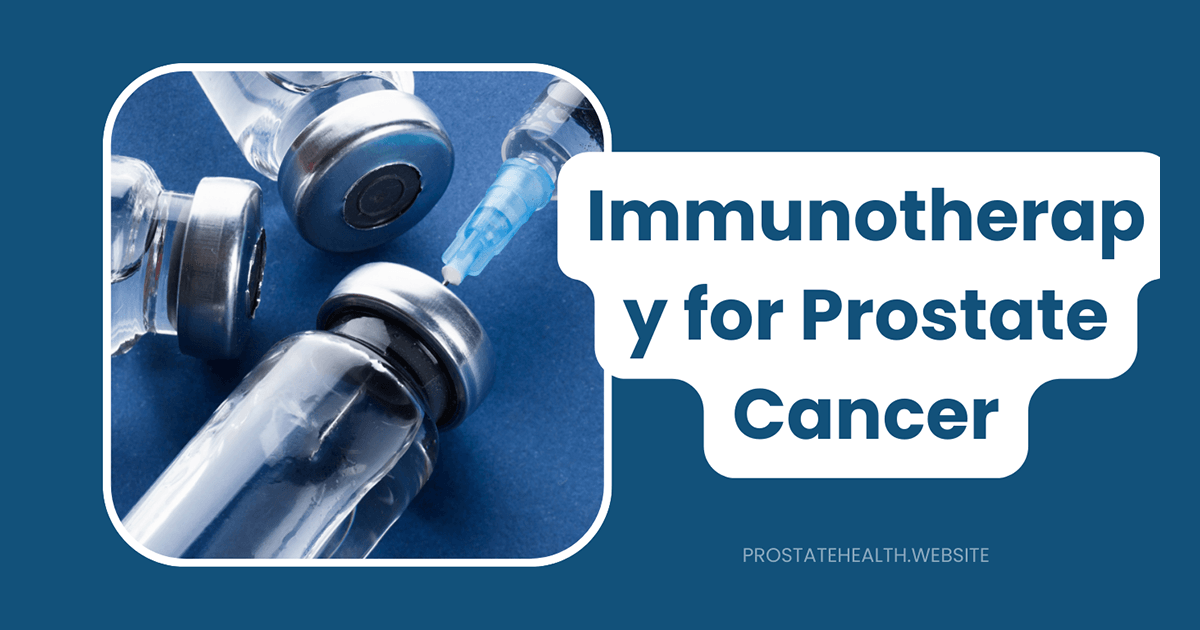When to Consider Surgery for BPH: Decision-Making Guide

If you’re one of the millions of men dealing with benign prostatic hyperplasia (BPH), you’ve likely tried lifestyle changes and medications to manage your symptoms. But how do you know when it’s time to consider surgical intervention? This decision can be complex and deeply personal, involving not just medical factors but also quality of life considerations.
“The decision to pursue surgery for BPH should be a shared one between patient and physician,” explains Dr. Robert Chen, urologist. “While there are clear medical indications for surgery, patient preferences, values, and goals play an equally important role in this decision-making process.”
This comprehensive guide will help you understand when BPH surgery might be necessary, what factors to consider, and how to work with your healthcare team to make the best decision for your specific situation.
Understanding BPH Progression
Before diving into surgical indications, it’s important to understand how BPH typically progresses. Benign prostatic hyperplasia affects nearly 50% of men by age 60 and up to 90% of men by age 85. As the prostate enlarges, it can cause increasing pressure on the urethra and bladder, leading to a range of symptoms and potential complications.
BPH progression typically follows this pattern:
- Early Stage: Mild urinary symptoms with minimal impact on quality of life
- Moderate Stage: Bothersome symptoms affecting daily activities and sleep
- Advanced Stage: Severe symptoms with potential complications like urinary retention
- Complication Stage: Development of secondary issues like bladder stones or kidney problems
While many men remain stable at earlier stages with medication, others progress to more advanced stages where surgery becomes a consideration.
Clear Medical Indications for BPH Surgery
According to the American Urological Association (AUA) guidelines, there are several absolute indications for surgical intervention in BPH. These represent situations where surgery is generally necessary regardless of symptom severity:
1. Acute Urinary Retention
What it is: The sudden inability to urinate despite a full bladder, requiring catheterization.
Why it matters: Acute urinary retention is a urological emergency that can cause severe discomfort and bladder damage if not promptly addressed. While some cases resolve with medication, recurrent or refractory retention often necessitates surgery.
Statistics: Approximately 2% of men with BPH experience acute urinary retention each year. After an initial episode, the risk of recurrence is high without definitive treatment.
2. Recurrent Urinary Tract Infections (UTIs)
What it is: Multiple UTIs (typically more than 2-3 per year) related to incomplete bladder emptying caused by BPH.
Why it matters: Recurrent UTIs can lead to kidney infections, sepsis, and antibiotic resistance. When caused by BPH-related urinary stasis, addressing the underlying obstruction is often necessary.
Risk factors: Men with post-void residual volumes greater than 180 mL have a significantly higher risk of developing UTIs.
3. Bladder Stones
What it is: Formation of mineral stones in the bladder, often due to urinary stasis from incomplete emptying.
Why it matters: Bladder stones can cause pain, bleeding, infections, and further obstruction. Their presence indicates significant bladder dysfunction that typically requires surgical intervention.
Connection to BPH: Bladder stones in men are almost always secondary to bladder outlet obstruction, with BPH being the most common cause.
4. Renal Insufficiency Due to BPH
What it is: Kidney dysfunction resulting from chronic high-pressure urinary retention and possible backup of urine to the kidneys.
Why it matters: Renal insufficiency can progress to kidney failure if the underlying obstruction isn’t addressed. While rare with modern screening, it represents a serious complication requiring prompt intervention.
Prevention: Regular monitoring of post-void residual volumes can help identify patients at risk before kidney damage occurs.
5. Recurrent Gross Hematuria
What it is: Visible blood in the urine that recurs and is directly attributable to BPH (after ruling out other causes).
Why it matters: While occasional mild hematuria can occur with BPH, recurrent significant bleeding suggests more severe vascular changes in the prostate that may warrant surgical intervention.
Evaluation: Always requires thorough evaluation to rule out bladder or kidney cancer before attributing to BPH.
“These absolute indications represent situations where the risks of not performing surgery typically outweigh the risks of surgical intervention,” notes Dr. Chen. “In these cases, surgery isn’t just about symptom relief—it’s about preventing serious complications.”
Relative Indications: When Surgery Should Be Strongly Considered
Beyond the absolute indications, several situations make surgery a strong consideration, though not mandatory:
1. Medication Failure or Intolerance
What it means: Either inadequate symptom improvement despite optimal medical therapy or inability to tolerate medication side effects.
Considerations:
- Have you tried both alpha-blockers and 5-alpha reductase inhibitors (alone or in combination)?
- Have you been on medication long enough to see full benefits (4 weeks for alpha-blockers, 6-12 months for 5-ARIs)?
- Are medication side effects significantly impacting your quality of life?
Timing: The AUA recommends considering surgical options if symptoms don’t improve after an adequate trial of medical therapy or if side effects are intolerable.
2. High Post-Void Residual (PVR) Volume
What it means: Significant urine remaining in the bladder after voiding, typically measured by ultrasound or catheterization.
Threshold: While definitions vary, a PVR consistently greater than 300 mL is generally considered significant and may warrant surgical intervention.
Implications: High PVR increases risk for UTIs, bladder stones, and bladder dysfunction over time.
3. Reduced Urinary Flow Rate
What it means: Objectively measured slow urine flow, typically using uroflowmetry.
Threshold: A maximum flow rate (Qmax) less than 10-15 mL/second is associated with significant obstruction and may indicate need for surgery.
Context: Flow rate should be interpreted in context of voided volume and symptoms.
4. Bladder Changes Due to Chronic Obstruction
What it means: Structural or functional changes to the bladder resulting from long-term BPH, such as bladder trabeculation, diverticula, or detrusor hypertrophy.
Significance: These changes indicate the bladder is working harder to overcome obstruction and may eventually lead to bladder dysfunction if not addressed.
Detection: Typically identified through cystoscopy or bladder ultrasound.
5. Severe, Bothersome Symptoms Despite Medical Therapy
What it means: Persistent symptoms that significantly impact quality of life despite appropriate medical treatment.
Measurement: Typically assessed using validated questionnaires like the International Prostate Symptom Score (IPSS), with scores above 20 indicating severe symptoms.
Patient perspective: The degree to which symptoms bother you is as important as their objective severity.
“I tried medications for over a year, but was still getting up 4-5 times every night and planning my day around bathroom access,” shares Michael, 67. “When my urologist explained that surgery could provide more definitive relief, it was an easy decision for me.”
Quality of Life Considerations
Beyond medical indications, quality of life factors play a crucial role in the decision to pursue surgery:
1. Sleep Disruption
Nocturia (nighttime urination) that significantly disrupts sleep can lead to daytime fatigue, cognitive issues, and reduced overall health. If medications haven’t adequately addressed this issue, surgery may provide more definitive relief.
2. Activity Limitations
When BPH symptoms force you to limit travel, social activities, or exercise, your overall quality of life suffers. Surgery may help restore freedom and spontaneity to your lifestyle.
3. Medication Burden
For some men, the daily medication regimen, cost, and side effects represent a significant burden. Surgery offers the potential for medication-free symptom control.
4. Anxiety About Complications
Persistent worry about developing urinary retention or other complications can create psychological burden. Definitive surgical treatment may alleviate this anxiety.
5. Sexual Function Considerations
Some BPH medications (particularly 5-alpha reductase inhibitors) can cause sexual side effects. Certain surgical options may allow you to discontinue these medications while maintaining symptom control.
“Quality of life isn’t a secondary consideration—it’s central to the treatment decision,” emphasizes Dr. Chen. “A treatment that improves urodynamic parameters but leaves you unhappy with your daily life isn’t a success.”
Prostate-Specific Factors Influencing Surgical Decisions
The characteristics of your prostate play an important role in determining whether surgery is appropriate and which procedure might be best:
1. Prostate Size
Small to moderate prostate ( 150g): May necessitate open or robotic simple prostatectomy, or HoLEP by an experienced surgeon.
2. Prostate Morphology
Median lobe enlargement: Can limit the effectiveness of certain procedures like UroLift, making options like Rezūm, TURP, or HoLEP more appropriate.
Intravesical prostatic protrusion: When the prostate protrudes into the bladder, it often predicts poor response to medication and may indicate earlier need for surgery.
Prostatic calcifications: May influence the choice of surgical approach.
3. Prior Prostate Interventions
Previous prostate procedures, radiation, or trauma can affect the technical feasibility and risks of certain surgical approaches.
Patient-Specific Factors to Consider
Your individual health profile and preferences will influence both the decision to pursue surgery and the specific procedure:
1. Age and Life Expectancy
While age alone shouldn’t determine treatment, life expectancy considerations may influence the choice between temporary relief with medications versus more definitive surgical correction.
2. Comorbidities and Surgical Risk
Conditions like heart disease, lung disease, or bleeding disorders may influence surgical risk and procedure selection. Some minimally invasive options may be safer for high-risk patients.
3. Anticoagulation Requirements
If you require blood thinners that cannot be temporarily discontinued, certain procedures (like HoLEP or GreenLight laser) may be safer options than traditional TURP.
4. Sexual Function Priorities
Different procedures carry different risks to sexual function:
- Ejaculatory function: Traditional TURP and HoLEP have high rates of retrograde ejaculation (75-80%), while newer options like UroLift and Rezūm have much lower rates.
- Erectile function: Most modern procedures have low rates of erectile dysfunction, but the risk varies by technique.
5. Recovery Time Constraints
Recovery periods vary significantly between procedures:
- Minimally invasive options (UroLift, Rezūm): Typically 3-7 days before returning to normal activities
- Endoscopic procedures (TURP, laser therapies): Usually 2-4 weeks of restricted activity
- Open surgery: May require 4-6 weeks of recovery
The Shared Decision-Making Process
The AUA strongly recommends a shared decision-making approach for BPH treatment. Here’s how to engage effectively in this process:
1. Gather Information
Before your appointment:
- Track your symptoms using a diary or the AUA Symptom Index questionnaire
- List all medications you’ve tried, their effects, and any side effects
- Prepare questions about your specific concerns
- Consider bringing a trusted family member to help process information
2. Understand All Options
Ask your urologist to explain:
- The full range of treatment options suitable for your situation
- The pros and cons of each approach
- Success rates and potential complications
- Recovery expectations
3. Clarify Your Values and Preferences
Reflect on what matters most to you:
- Is rapid symptom relief your priority?
- How important is preserving ejaculatory function?
- How do you feel about catheterization during recovery?
- What level of retreatment risk are you comfortable with?
4. Discuss Decision Timing
Some situations require urgent intervention, while others allow time for consideration:
- Emergent: Acute urinary retention with inability to catheterize
- Urgent: Recurrent retention, UTIs with sepsis, significant renal impairment
- Elective but timely: Bladder stones, recurrent UTIs, high PVR
- Truly elective: Bothersome symptoms without complications
5. Consider a Second Opinion
For non-emergency situations, a second opinion can provide valuable perspective, particularly when:
- You’re uncertain about the recommended approach
- You have a complex medical history
- You’re considering newer or specialized procedures
“The best surgical decisions happen when well-informed patients and experienced urologists work together,” says Dr. Chen. “Neither should dominate the conversation—it’s truly a partnership.”
Surgical Options: A Brief Overview
While a full discussion of surgical options is beyond the scope of this article, here’s a brief overview of the main approaches:
Traditional Approaches
Transurethral Resection of the Prostate (TURP)
- Considered the “gold standard” against which other procedures are compared
- Involves removing prostate tissue through the urethra using electrical current
- Excellent long-term outcomes with retreatment rates of approximately 7% at 8 years
- Higher risk of bleeding and sexual side effects than newer options
Open Simple Prostatectomy
- Reserved for very large prostates (typically >80-100g)
- Involves surgical removal of the inner portion of the prostate through an abdominal incision
- Highly effective but with longer recovery and higher complication rates
- Increasingly replaced by minimally invasive alternatives
Laser Procedures
Holmium Laser Enucleation of the Prostate (HoLEP)
- Uses laser energy to separate prostate tissue from its capsule
- Effective for prostates of all sizes, including very large ones
- Lower bleeding risk than TURP, making it suitable for patients on blood thinners
- Excellent long-term outcomes with retreatment rates of approximately 5% at 3 years
- Requires specialized training and equipment
GreenLight Photoselective Vaporization (PVP)
- Uses laser energy to vaporize prostate tissue
- Lower bleeding risk than TURP
- Moderately effective for larger prostates
- Retreatment rates of approximately 9% at 2 years
Minimally Invasive Surgical Therapies (MISTs)
Prostatic Urethral Lift (UroLift)
- Places small implants to hold obstructing prostate tissue away from the urethra
- Preserves sexual function, including ejaculation
- Best for smaller to moderate prostates without significant median lobe
- Retreatment rates of approximately 11% at 5 years
Water Vapor Thermal Therapy (Rezūm)
- Uses steam to destroy excess prostate tissue
- Preserves sexual function in most men
- Effective for various prostate sizes and configurations, including median lobe
- Retreatment rates of approximately 7% at 5 years
Temporary Implantable Nitinol Device (iTind)
- Temporarily placed device that reshapes the prostatic urethra
- Preserves sexual function
- Newer option with less long-term data available
Aquablation
- Uses high-pressure water jets to remove prostate tissue
- Robot-assisted for precision
- Preserves sexual function better than TURP
- Effective for various prostate sizes
Making Your Decision: A Step-by-Step Approach
If you’re considering surgery for BPH, this structured approach can help you reach the right decision:
Step 1: Assess Symptom Severity and Impact
- Complete the International Prostate Symptom Score (IPSS) questionnaire
- Evaluate how symptoms affect your daily activities, sleep, and overall quality of life
- Consider keeping a voiding diary for 3-7 days to objectively document frequency and volume
Step 2: Confirm Adequate Medical Therapy Trial
- Ensure you’ve tried appropriate medications at optimal doses for sufficient duration
- Document side effects or reasons for medication intolerance
- Discuss combination therapy if you’ve only tried single agents
Step 3: Undergo Appropriate Diagnostic Testing
Based on AUA guidelines, these tests help determine if surgery is appropriate:
- Post-void residual measurement (ultrasound or catheterization)
- Uroflowmetry to measure urine flow rate
- Prostate size assessment (ultrasound or other imaging)
- Basic laboratory tests (urinalysis, PSA, creatinine if indicated)
- Additional tests as indicated (cystoscopy, pressure flow studies, etc.)
Step 4: Review Absolute and Relative Indications
- Do you have any absolute indications for surgery?
- How many relative indications are present?
- How severe are your symptoms despite medical therapy?
Step 5: Consider Your Personal Preferences and Priorities
- How do you feel about long-term medication use?
- How important is preserving ejaculatory function?
- What are your concerns about recovery time and catheterization?
- What level of retreatment risk are you comfortable with?
Step 6: Discuss Specific Surgical Options
- Which procedures are most appropriate for your prostate size and configuration?
- How do the success rates, risks, and benefits align with your priorities?
- What is your surgeon’s experience with different procedures?
- What is the expected recovery process for each option?
Step 7: Make a Shared Decision
- Weigh all factors with your healthcare provider
- Consider involving family members in the discussion if appropriate
- Ensure all your questions are answered before proceeding
- Remember that in non-emergency situations, you can take time to consider your options
Questions to Ask Your Urologist
These questions can help guide your discussion with your urologist when considering surgery:
About Your Specific Situation
- Based on my symptoms, prostate size, and test results, do I have any absolute indications for surgery?
- How likely am I to develop complications if I continue with medical management?
- What is my post-void residual volume, and is it concerning?
- What is my maximum flow rate, and what does it indicate about my obstruction?
- Are there any signs of bladder damage from chronic obstruction?
About Surgical Options
- Which surgical procedures are most appropriate for my specific situation?
- What are the success rates, risks, and benefits of each option?
- How many of these procedures have you performed, and what are your personal results?
- What is the risk of retrograde ejaculation with each procedure you’re recommending?
- What is the expected recovery time and process for each option?
- What is the likelihood I’ll need retreatment in the future with each approach?
- Will I be able to stop taking BPH medications after surgery?
About Practical Considerations
- How urgent is this surgery? What are the risks of waiting?
- How long will I need a catheter after the procedure?
- When can I return to work and normal activities?
- What are the out-of-pocket costs with my insurance?
- Should I get a second opinion before proceeding?
Real Patient Experiences
Understanding other men’s decision-making processes can provide valuable perspective:
James, 58 – Chose surgery after medication side effects: “I tried alpha-blockers for my moderate BPH, but the dizziness was affecting my work. When my urologist explained that UroLift could provide relief without those side effects and preserve my sexual function, it made sense for me. Six months later, I’m medication-free with great symptom control.”
Robert, 72 – Opted for surgery due to recurrent UTIs: “After my third UTI in a year, my urologist explained that my enlarged prostate was preventing my bladder from emptying completely. I underwent TURP, and while recovery took a few weeks, I haven’t had another infection in the two years since.”
Michael, 65 – Decided on surgery for quality of life reasons: “My symptoms weren’t severe enough to be medically necessary for surgery, but getting up 4-5 times every night was destroying my sleep and affecting my daily life. I chose HoLEP because I wanted the most durable solution. Despite the retrograde ejaculation side effect, it was the best decision for my overall quality of life.”
Thomas, 60 – Chose watchful waiting initially, then surgery after progression: “When first diagnosed with BPH, my symptoms were mild, so we decided on watchful waiting. When symptoms worsened, we tried medications for about a year. When I developed acute urinary retention, the decision for surgery became clear. Looking back, I’m glad we tried conservative approaches first, but also glad I didn’t delay surgery once it was clearly needed.”
Conclusion: Finding Your Path Forward
The decision to pursue surgery for BPH is rarely black and white. While there are clear medical indications that make surgery necessary, many men fall into a gray area where personal preferences, quality of life considerations, and individual risk factors must be carefully weighed.
Remember these key principles as you navigate this decision:
- Medical necessity exists on a spectrum – from absolute indications to quality of life considerations
- Shared decision-making is essential – your values and preferences matter alongside medical factors
- Surgical options continue to evolve – newer, less invasive options may offer advantages for specific situations
- Individual factors matter – your prostate characteristics, overall health, and personal priorities should guide your choice
- Timing is important – while some situations require urgent intervention, others allow time for careful consideration
By working closely with your healthcare team, understanding your options, and clarifying your priorities, you can make a decision that best addresses your BPH while aligning with your overall health goals and quality of life.
External Resources:
- American Urological Association – BPH Guidelines
- Urology Care Foundation – BPH Treatment Options
- National Institute of Diabetes and Digestive and Kidney Diseases – Prostate Enlargement

